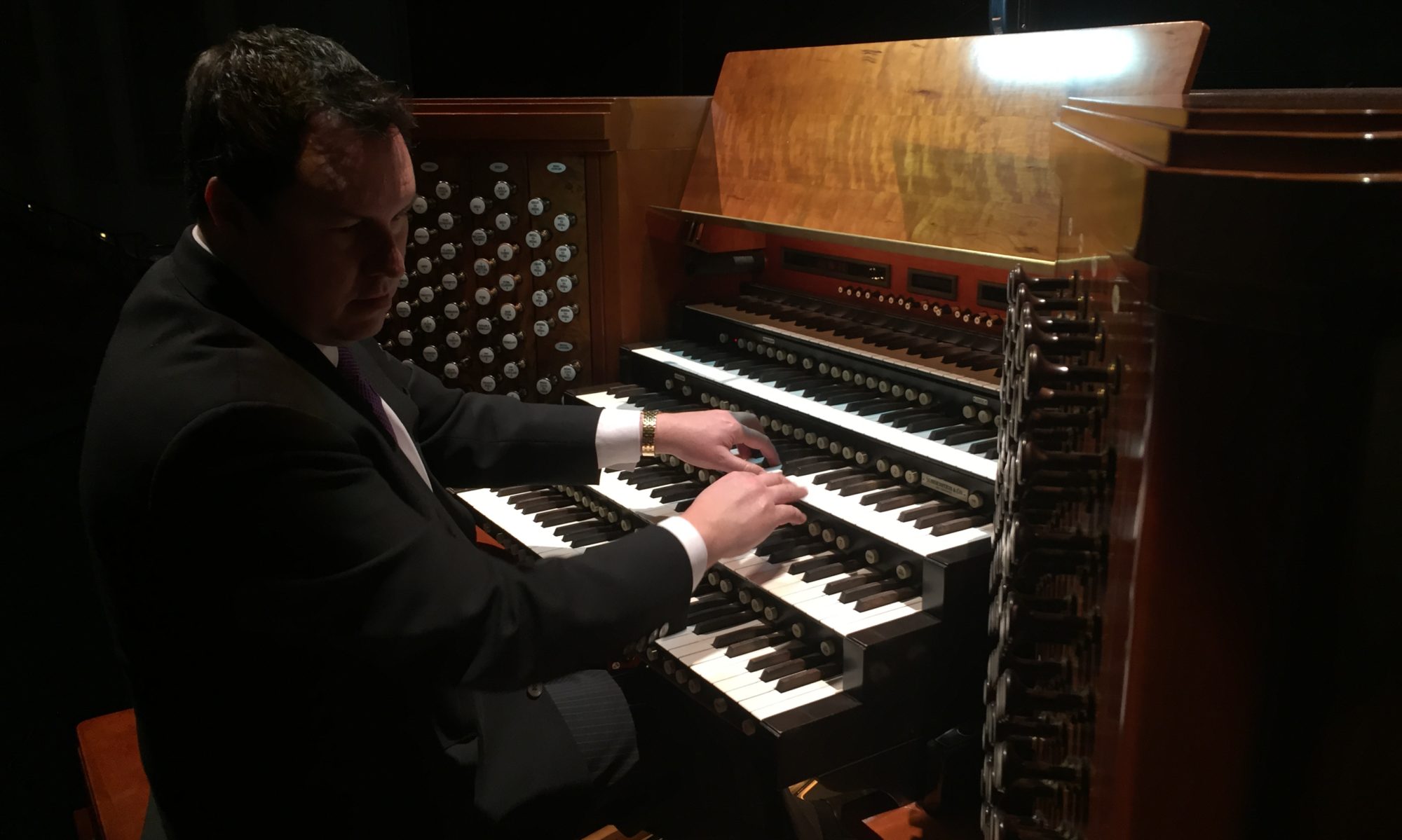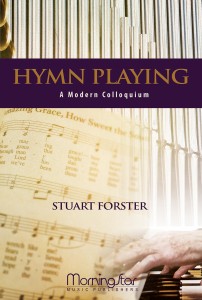Hymn Playing: A Modern Colloquium
Playing hymns on the organ is a centuries-old tradition that has been passed down largely through osmosis and guesswork. To address a growing need for more explicit instruction, Forster surveys available resources about hymn playing, and then launches a discussion expounding twenty vital aspects encompassing the art of accompanying hymns. To equip the organist with a palette of tools for every occasion, he has amassed the expertise of eleven leaders in the world of hymn playing. The panel considers everything from learning and teaching hymns through the instruments and people involved in growing a community of engaged singers within a congregation. The character and artistry of the participants is revealed through frank anecdotes from their collective 300+ years of experience. Here, we learn from David Cherwien, Mark Dwyer, David Erwin, John Ferguson, Peter Jewkes, Stephen Loher, Walden Moore, Bruce Neswick, John Scott, Jeffrey Smith, and Tom Whittemore. 352 pages.
Click here to open a new window with the web site for Morningstar Music Publishers, where you may purchase the book.
HYMN PLAYING COMPETITION PRESS RELEASE
Congratulations to all of the finalists in the 2014 Schoenstein Competition in Hymn Playing: Brent Stamey, Russell Weismann, Patrick Scott (2nd Prize), and Tom Mueller (1st Prize).
The final round took place at Christ Church, Cambridge, Massachusetts—the Episcopal Church in Harvard Square—on June 22, 2014, which houses a 2006 3-manual, 43-voice Schoenstein organ. The audience, who played the vital role of the singing congregation, was large and enthusiastic. Each finalist led the congregation through three hymns, chosen from lists provided in the competition rules.
The judges deliberated for almost half an hour before emerging with their decision. The judges were the Rev. Dr. Carl Daw, Prof. Eileen Guenther, and Will Sherwood.
This competition is sponsored by Schoenstein & Co., Organ Builders (Est. 1877 in San Francisco) as part of their program to achieve greater recognition for the Art of Accompaniment. In most situations the primary role of the organ is accompaniment and support, rather than solo repertoire. Believing that the artistry of the accompanist should be considered equal to that of the soloist, they also sponsor competitions in the Art of Accompaniment at various Universities.
This competition was announced to coincide with the release by MorningStar Music Publishers of the book Hymn Playing: A Modern Colloquium by Stuart Forster, who designed and hosted the competition.
BOOK REVIEW
Stuart Forster’s book Hymn playing: A Modern Colloquium is a balm to the running sore of bad hymn playing.
This stupendous work is a real labour of love and the distillation of his doctoral dissertation.
Not a word that you hear in everyday speech, the word ‘Colloquium’ often has academic overtones. But there is no trace of ivory tower, remote and removed from practice. Dr Forster’s eleven contributors (ten American and one Aussie) are very much hands-on practitioners: slaving at the coal face of their consoles. Here is much value, forged by masters through trial and error with congregations great and small. Far from being a dry-as-dust academic tome, the book is like the dinner party conversation, sometimes even delightfully gossipy in tone. Packed full of anecdotes about the great and good from Simon Preston, George Guest and, most interestingly, Sir George Thalben Ball, whose piston settings at the Temple Church feature in the appendix.
This volume must now be the bible for every single organist! It is essential, fascinating reading and should be compulsory for students. Exhaustive, scholarly, gossipy and chatty, it will be seen as a milestone in the resurgence of hymns this century. Stuart Forster and his venerable team of organists have done the organ world, musicians and congregations worldwide an enormous service in producing this book. Bravissimo, Dr Forster!
Ross Cobb The Sydney Organ Journal March 2014 [excerpt]


I just received my copy of HYMN PLAYING and want to express my appreciation. Without question, this will become a standard among all organists’ bookshelves. The balance of opinions –sometimes reinforcing one another and other times opposed — made for thought provoking reading. That the resources of all organs were taken into account was particuarly helpful –from massive instruments to the small ones like I play– a 16 rank 1893 Jardine (relocated and rebuilt by David Wallace 1986) in Yarmouth, Maine. I played four services this weekend and the sermons just flew by as I read your inspiring book!